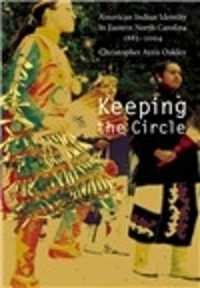- ホーム
- > 洋書
- > 英文書
- > Politics / International Relations
Full Description
The book examines how governments and publics react to terrorist attacks in the United States, the United Kingdom and Israel. It focuses specifically on why civil liberties are abridged in some cases and not in others. The chapters cover the topic by looking at it through a number of different lenses, including topics like how governments might manipulate fear, public opinion trends after terrorist attacks, how the Patriot Act was passed, and case studies where legislation was blocked by the legislature and a government chief executive did not seek to pass legislation at all after a terrorist attack. This innovative book compares different responses to terrorism without simply focusing on the case of 9/11, and, through comparison, reveals new findings about best practices for dealing with terrorism. Freedom and Order gives a fine-grain analysis of how the Patriot Act was passed that does not exist in any other text to-date and compares public responses to terror attacks from three different countries. Rubin deals a blow to the theory that the public rallies around their leader after terrorist attacks and that civil liberties are always abridged after terrorist attacks.
Contents
1 Acknowledgements 2 Chapter One: A Crisis or Opportunity?: Constructing a Theory of Terror Response 3 Chapter Two: To Conquer Fear, You Must Become Fear 4 Chapter Three: Shaping Fear: The Role of Mass Fear in Civil Liberties Reductions after Terrorist Attacks 5 Chapter Four: The United States after 9/11: Tracing the Process of how the Patriot Act Was Passed 6 Chapter Five: "We're Fighting this New Kind of Enemy": Presidential versus Parliamentary Democracies in the War on Terror 7 Chapter Six: Balancing Fear: Why Counterterror Legislation was Blocked after the Oklahoma City and London Bombings 8 Chapter Seven: Living with Terrorism: Executive Power and the Future of Civil Liberties 9 Data Appendices on Executive, Mass Fear and Civil Liberties








